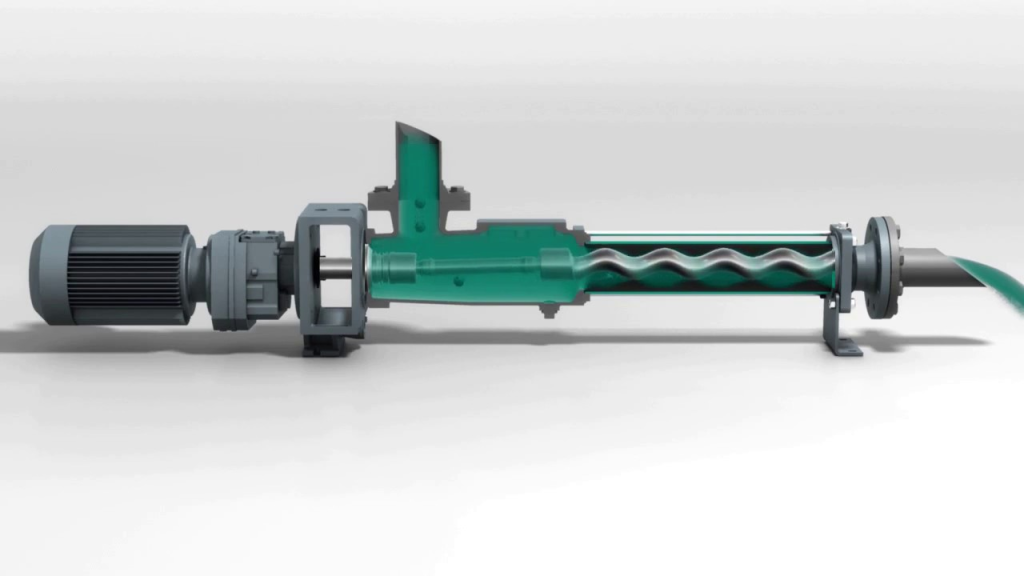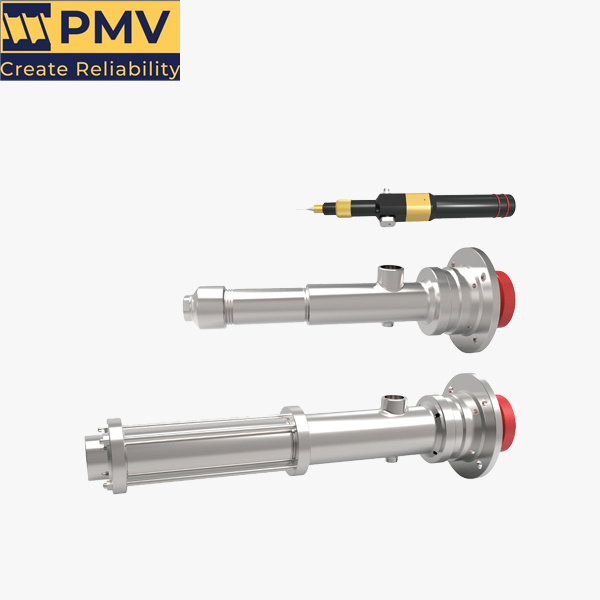screw pump
A screw pump, also known as a progressive cavity pump, is a type of positive displacement pump that uses a rotating helical screw to move fluid through the pump. The key components of a screw pump include:
-
- Rotor: A single-threaded helical rotor that rotates inside the pump.
-
- Stator: A double-threaded helical casing that surrounds the rotor.
-
- Sealing Elements: These help maintain the seal between the rotor and stator, preventing leakage.

The operation of a screw pump can be summarized as follows:
-
- As the rotor rotates, it creates a series of sealed cavities between the rotor and the stator.
-
- These cavities move along the length of the pump, from the inlet to the outlet, carrying the fluid with them.
-
- The helical shape of the rotor and stator helps to create a smooth, continuous flow of the fluid.

Screw pumps are commonly used in a variety of applications, including:
-
- Transferring viscous fluids: Screw pumps are well-suited for pumping high-viscosity fluids such as oils, molasses, and lubricants.
-
- Handling abrasive materials: The simple design of screw pumps makes them resistant to wear from abrasive particles in the fluid.
-
- Maintaining consistent flow: The positive displacement action of screw pumps allows for a steady, consistent flow rate, even as the fluid viscosity or system pressure changes.
-
- Gentle fluid handling: The low-shear action of screw pumps helps to preserve the integrity of delicate or shear-sensitive fluids.

Screw pumps are known for their high efficiency, reliability, and ability to handle a wide range of fluid types and viscosities. They are commonly found in industries such as oil and gas, food and beverage, and chemical processing.
Small Scale Progressive Cavity Pumps for Accurate Dosing
PMV Pump has launched a new progressive cavity pump designed specifically to enable the precise dosing of fluids and pastes proportionate to …










